
Purple Veins on Your Legs
Ever noticed bluish or purplish veins starting to appear on your legs and wondered if it’s something to worry about? You’re not alone. These visible veins—whether flat like spider veins or raised like varicose veins—are incredibly common, especially as we age or spend long periods sitting or standing.
While they may begin as a minor cosmetic concern, these veins can sometimes point to underlying circulatory issues. Left unmanaged, they may lead to more serious health problems down the line.
Let’s take a closer look at what causes these veins, what warning signs to watch for, and how you can manage or prevent them effectively.
🩸 What Causes Purple or Blue Veins on the Legs?
There isn’t just one cause—several factors contribute to visible leg veins. The most common include:
🔹 Genetics
Your family history plays a major role. If your parents or grandparents had spider or varicose veins, you're more likely to develop them too. Genetics often influence the strength of your vein walls and valves, making them more prone to dysfunction.
🔹 A Sedentary Lifestyle
Sitting or standing in the same position for long hours reduces venous return—the upward flow of blood back to the heart. This causes blood to pool in the leg veins, increasing pressure and leading to vein enlargement or discoloration.
🔹 Excess Weight
Carrying extra pounds adds strain to your lower body’s circulatory system, making it harder for vein valves to do their job. Over time, this pressure may lead to stretching or weakening of the vein walls.
🔹 Hormonal Changes
Hormones can weaken vein walls. This is why purple veins are more common during pregnancy, menopause, or while using birth control pills. Women are more prone to vein issues due to these hormonal fluctuations.
🔹 Age
As you get older, veins lose elasticity, and valves can wear out. This naturally increases the risk of visible, purple veins on the legs.
⚠️ Could These Veins Be a Sign of Something More Serious?
In many cases, purple leg veins are harmless. But they can sometimes signal an underlying vascular issue that needs medical attention.
Possible underlying conditions include:
-
Chronic Venous Insufficiency (CVI): When vein valves don’t close properly, blood flows backward and pools in the legs. Over time, this leads to larger, darker, more painful veins.
-
Vascular Blockages or Trauma: Injuries to the leg or clotting issues can alter vein appearance and function.
-
Heart or Circulatory Disease: If changes in your leg veins are accompanied by shortness of breath, chest pain, or rapid fatigue, this could indicate heart-related issues.
-
Type 2 Diabetes: Poor blood sugar control can damage blood vessels, making veins more visible and fragile.
➡️ Important: If untreated, vein disorders can develop into:
-
Venous ulcers
-
Deep vein thrombosis (DVT)
-
Phlebitis (vein inflammation)
-
Skin discoloration and breakdown
👀 Early Warning Signs to Watch For
Understanding what’s “normal” and what requires medical advice can help you catch vein issues early.
Early Stage:
-
Small, bluish or purplish veins near the skin surface
-
No pain, but visible after standing or sitting for a long time
-
May be flat (like spider veins) or slightly raised
Progressed Stage:
-
Veins become larger, twisted, or rope-like
-
Symptoms may include:
-
Leg heaviness, especially at the end of the day
-
Swelling in the ankles or calves
-
Muscle cramping or a burning sensation
-
Itching or aching around affected veins
-
These symptoms are signs that it's time to talk to a healthcare provider.
🛡️ How to Prevent or Manage Purple Leg Veins
The good news? You don’t have to wait for things to get worse. There are several simple, proactive steps you can take to reduce your risk and manage symptoms.
✅ Maintain a Healthy Weight
Losing even a small amount of weight can reduce pressure on your legs and ease the burden on your veins.
✅ Exercise Regularly
Activities like walking, swimming, or cycling encourage healthy blood flow, strengthen leg muscles, and improve venous return.
✅ Move Frequently
Take breaks from prolonged sitting or standing. Flex your feet, take short walks, or elevate your legs throughout the day to reduce pooling.
✅ Wear Compression Stockings
Compression socks or stockings gently squeeze your legs, helping veins move blood more efficiently and reducing swelling and fatigue.
✅ Avoid High Heels and Tight Clothing
High heels limit calf muscle movement, which reduces blood flow. Tight waistbands or leggings can restrict circulation in the lower body.
✅ Elevate Your Legs
Raise your legs above heart level for 15–20 minutes a day to encourage blood to flow back toward your heart.
🩺 When to See a Doctor
If your leg veins are becoming more prominent, painful, or are accompanied by swelling or skin changes, consult your healthcare provider. They may recommend:
-
Ultrasound scans to assess blood flow
-
Lifestyle modifications
-
Medical procedures like sclerotherapy or laser treatments
-
Referral to a vein specialist or vascular surgeon
Early diagnosis and treatment can prevent more serious complications and help you maintain healthy, pain-free legs.
📝 Final Thoughts: Listen to What Your Legs Are Telling You
Purple or bluish veins on your legs might not seem alarming at first—but they can be a window into your circulatory health. Paying attention to early signs and taking preventative action now can save you from discomfort, complications, or even serious vascular conditions later on.
Remember: your body is always giving you feedback. Learn to listen.
Disclaimer: This article is for informational purposes only and is not a substitute for professional medical advice. If you’re experiencing pain, swelling, or changes in vein appearance, consult a qualified healthcare provider for diagnosis and treatment options.
News in the same category

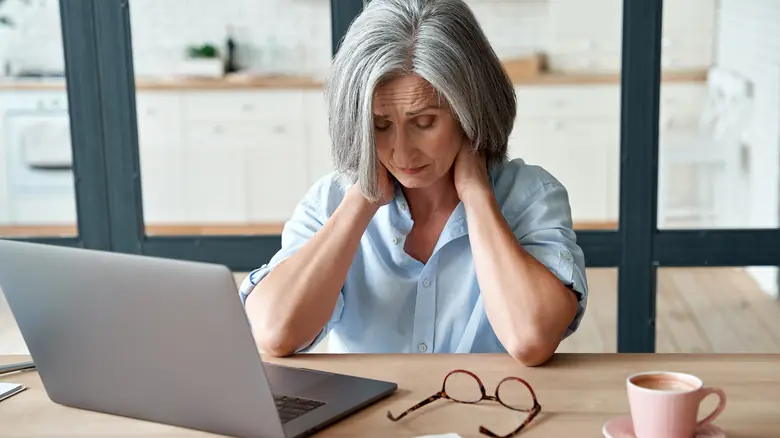
How Your Body Secretly Tells You You're Stressed

New Study Shows That Sitting in Silence for Only Two Hours Can Trigger Significant Growth in New Brain Cells
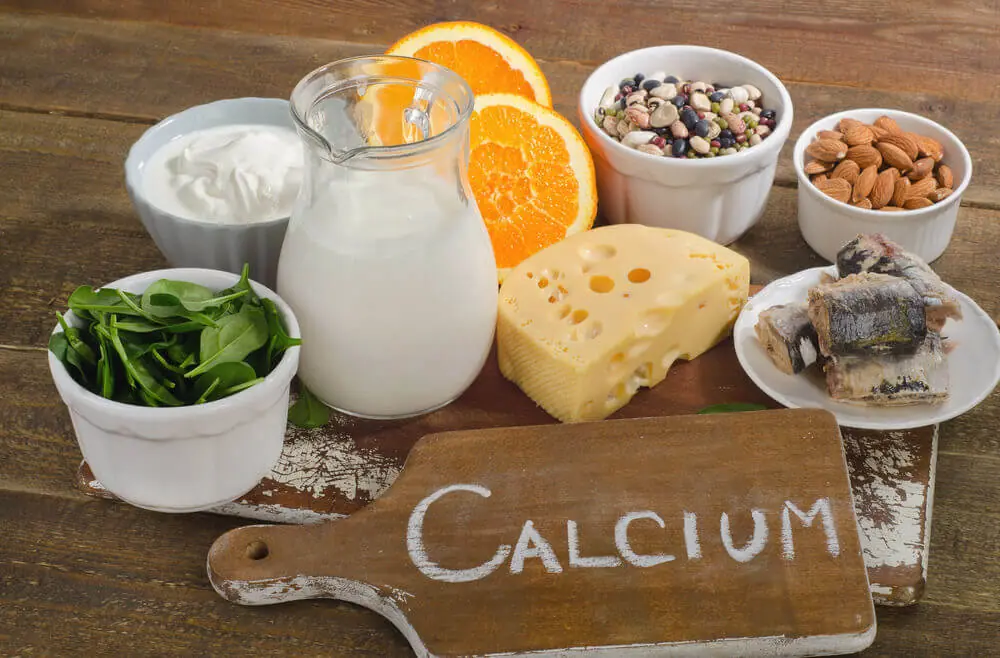
Foods That Can Quietly Drain Calcium From Your Body

Just Simply Looking at a Sick Person Is Enough to Trigger Your Immune Response, Study Shows
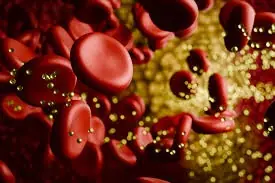
Scientists Discover an “Off Switch” for Cholesterol — And It Could Save Millions of Lives
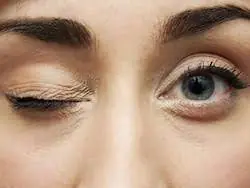
Why Does Your Eye Twitch Randomly? An Eye Doctor Explains

Think Twice Before Pairing: 6 Foods You Shouldn’t Eat with Eggs
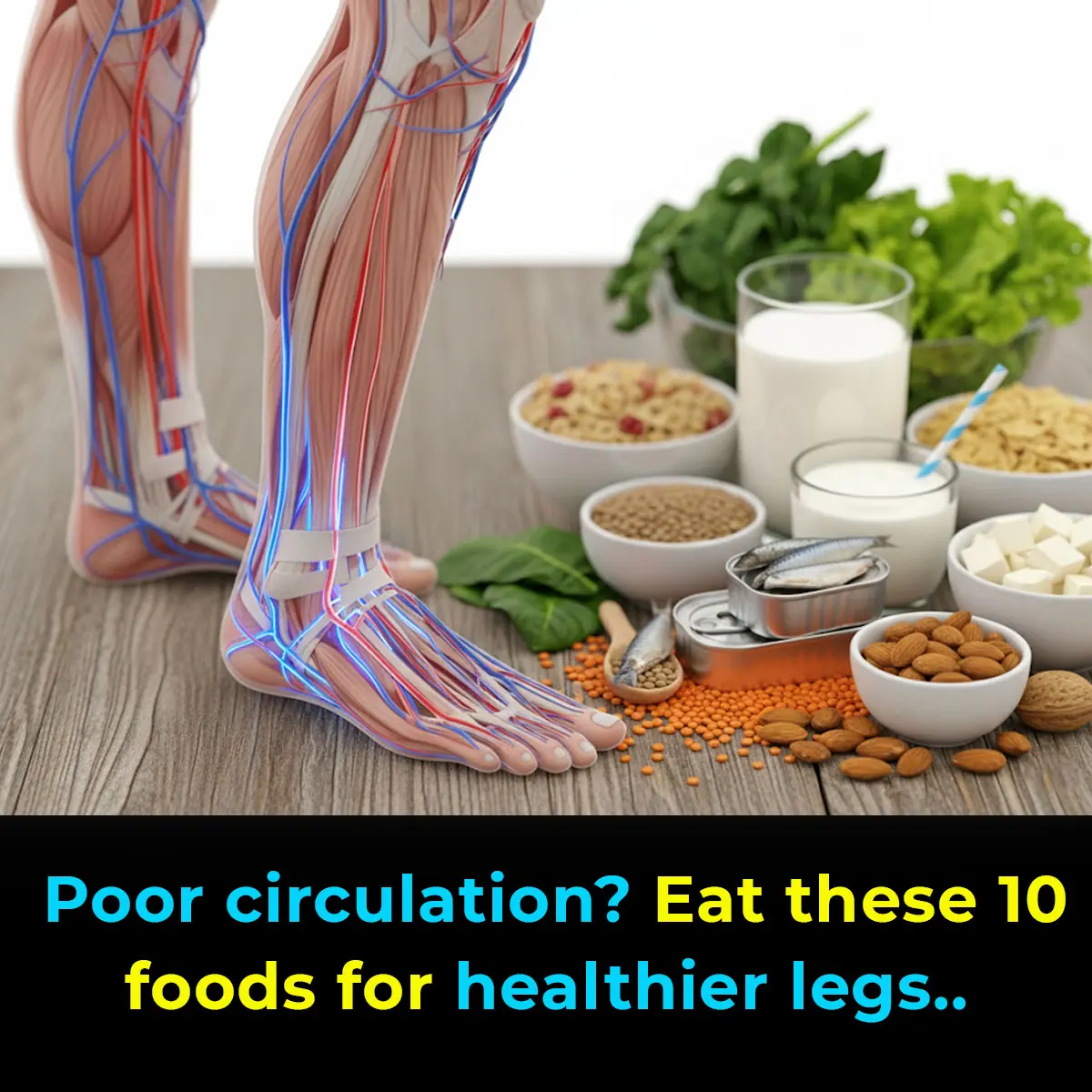
Top 10 foods that improve blood circulation in legs

What really happens to your kidneys when you drink coconut water

Pineapple And Turmeric Drink Reverses Cancer-Causing Inflammation And Even Beats The Common Cold!

What really happens to your kidneys when you drink coconut water

6-yr-old boy dies and leaves blue stain on carpet: years later, mom makes heartbreaking discovery
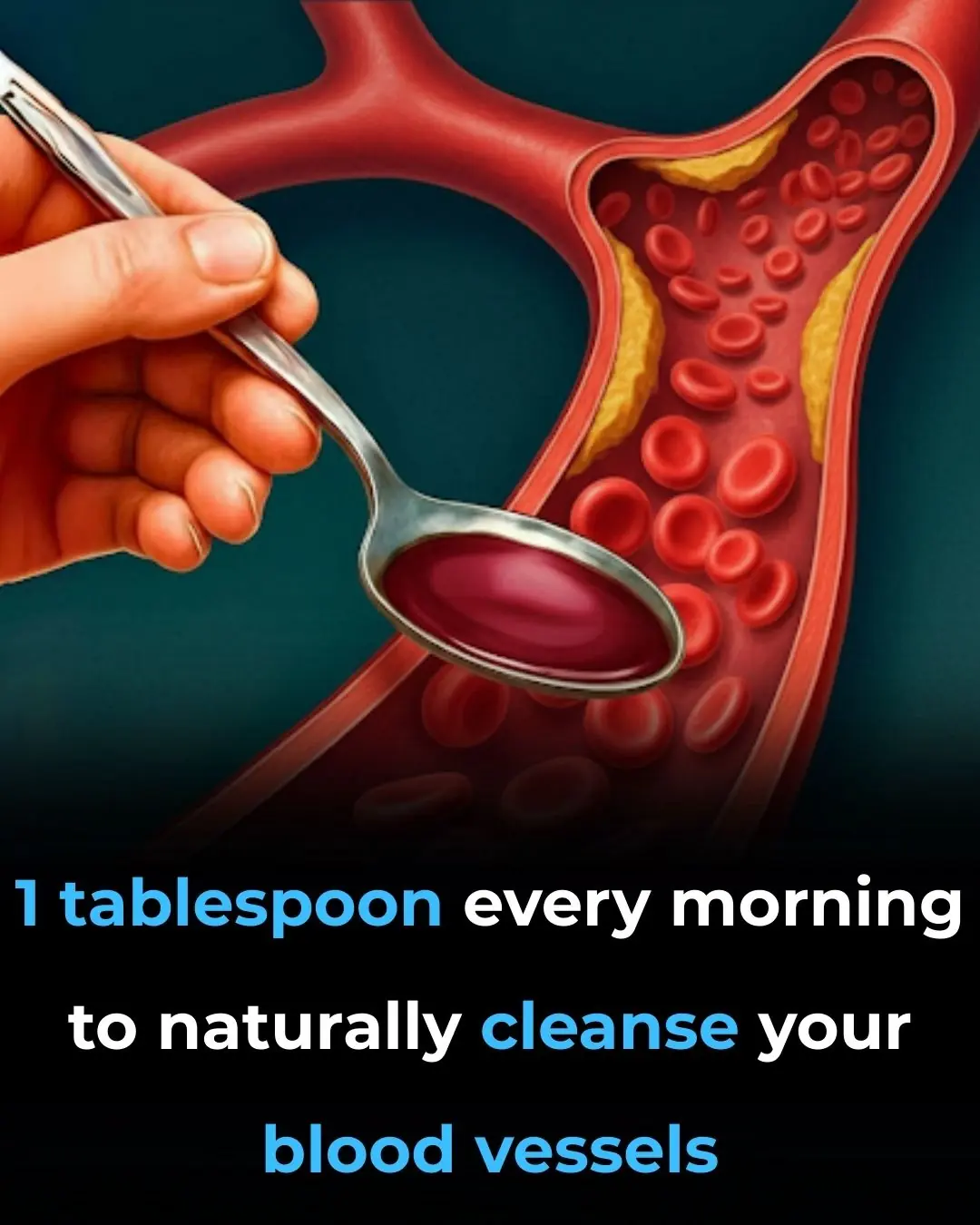
1 tablespoon every morning to naturally cleanse your blood vessels

How Magnesium Keeps Your Heart Rhythm Healthy

Why Do I Cough When Taking a Deep Breath?

Taking the Stairs Could Help You Live Longer
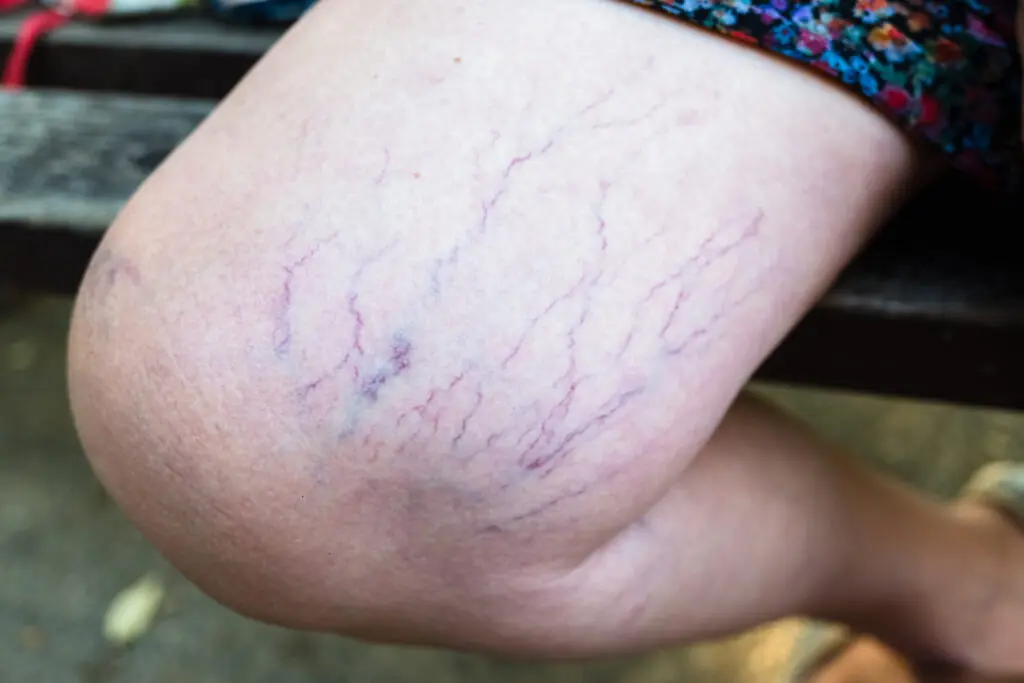
Purple Veins on Your Legs: When to Worry
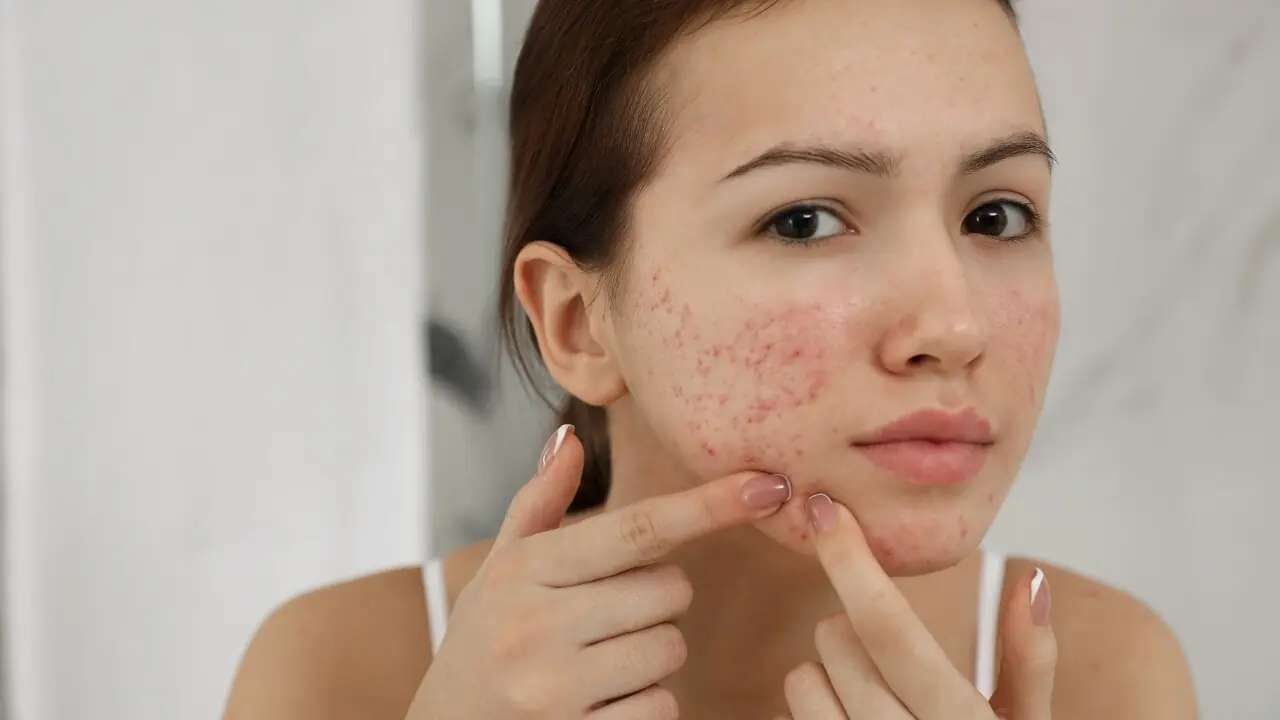
Signs Your Cortisol Is Dangerously High
News Post

Put a Wet Paper Sheet in the Washing Machine – Surprising Benefits, Something Every Household Needs This Winter

Wrap a nylon bag around a broom – no vacuum cleaner needed, yet it still gathers scattered hair in the house.

Fix a clogged showerhead with weak water flow in just 3 minutes – no need to spend money on a replacement

Experts reveal 3 ways to eliminate E. coli bacteria in water – essential knowledge to protect your family
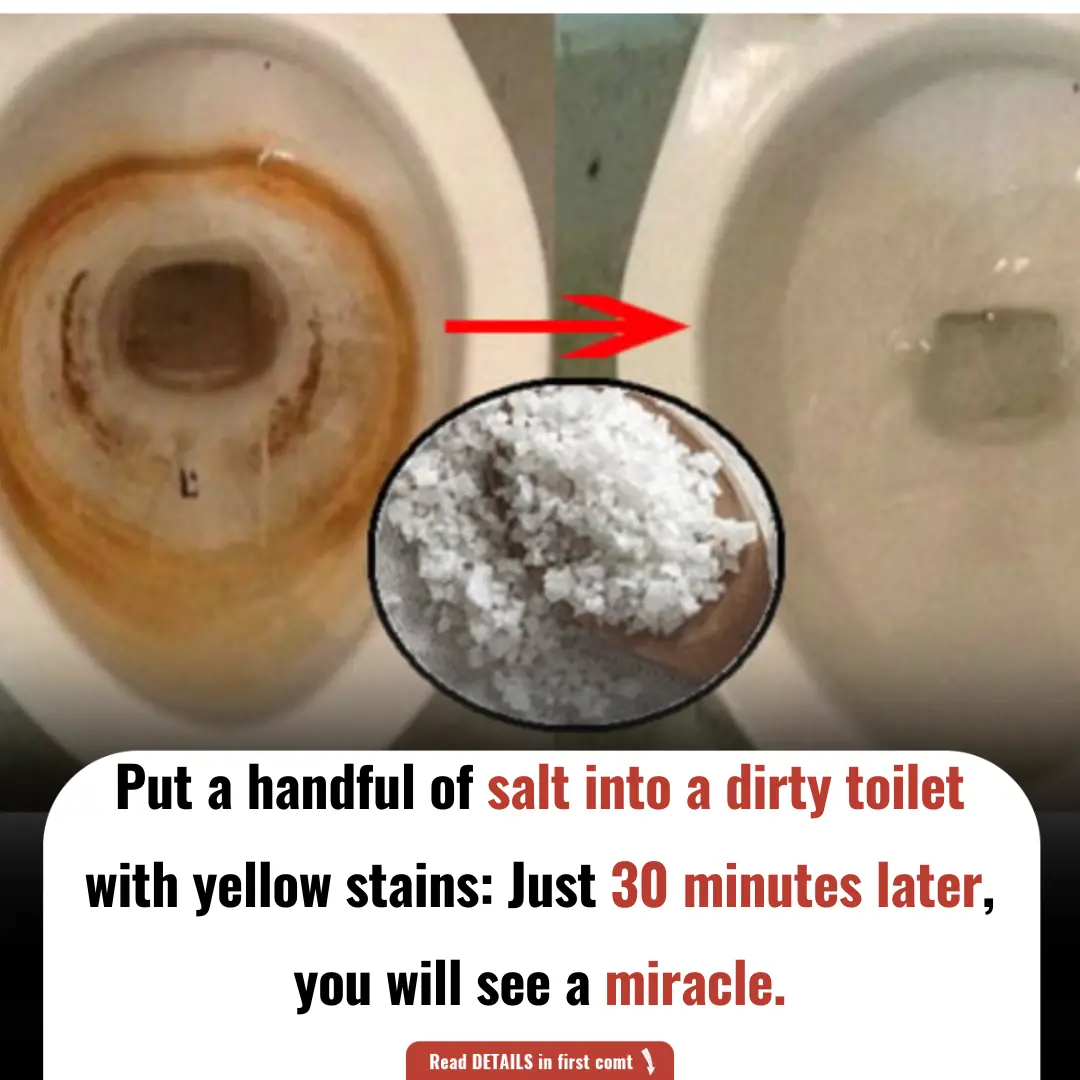
Put a handful of salt into a dirty toilet with yellow stains: Just 30 minutes later, you will see a miracle

The most correct way to give first aid for stroke at home

Cook black bean sweet soup quickly, delicious, not time consuming, save gas/electricity

Apple insider reveals new leaks about foldable iPhone release for 2026

Experts reveal the five foods you should absolutely never freeze

The difference between the spirit of a loved one and other forces

Your Heart Emits a Magnetic Field 100x Stronger Than Your Brain – And It Can Be Detected 3 Feet Beyond Your Body

🌱 Discover Papaya Seeds: Nature’s Tiny Powerhouse for Total Wellness

3 Home Remedies to get rid of Skin Tags – Skin Tag Removal

Homemade Herbal Bath Powder For Clear Skin: Bridal Skincare Ubtan

Mix Baby Oil with Vaseline: The Simple Skincare Trick for Youthful, Wrinkle-Free Skin

How Your Body Secretly Tells You You're Stressed

New Study Shows That Sitting in Silence for Only Two Hours Can Trigger Significant Growth in New Brain Cells

Foods That Can Quietly Drain Calcium From Your Body

Just Simply Looking at a Sick Person Is Enough to Trigger Your Immune Response, Study Shows
